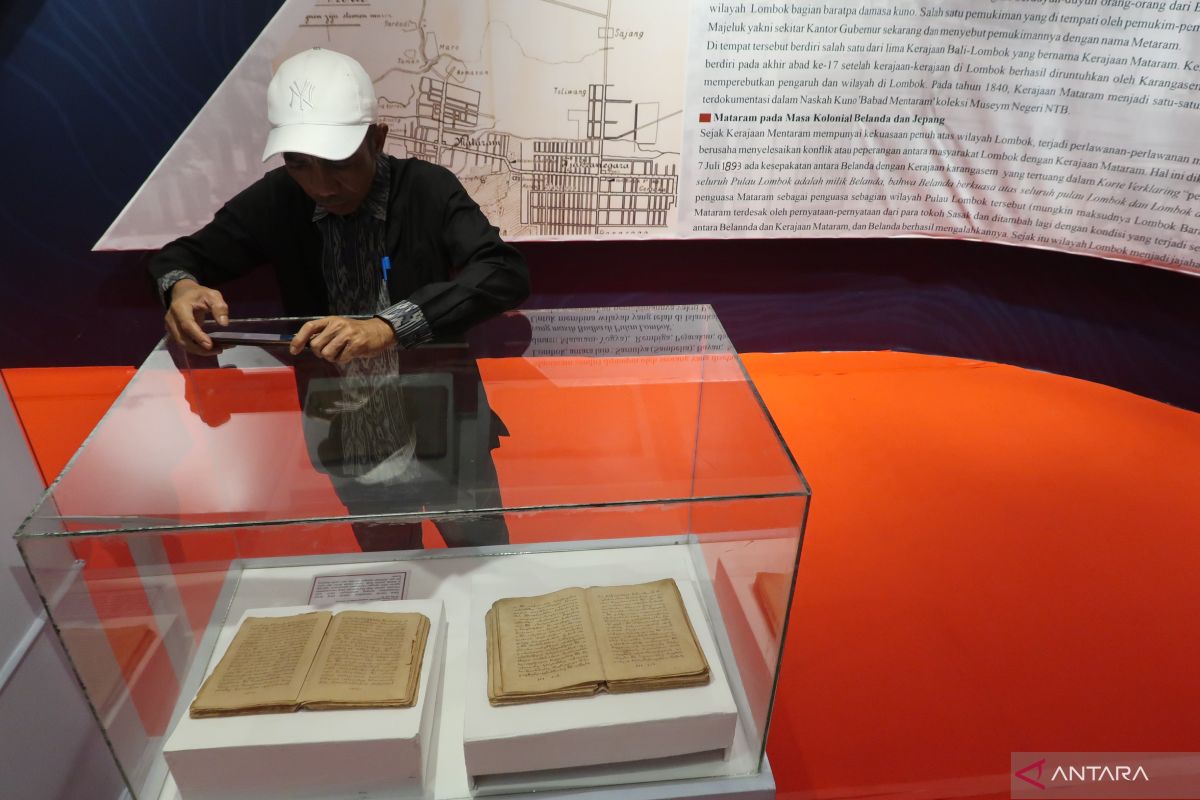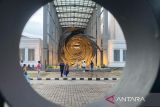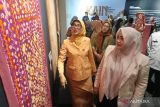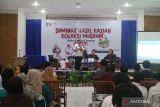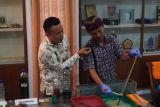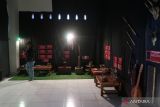Mataram (ANTARA) - The National Research and Innovation Agency (BRIN) conducted research on ancient manuscripts collected by the Museum of West Nusa Tenggara (NTB) to collect the necessary metadata for digitization.
In a statement cited from the museum's website in Mataram, Head of BRIN's Organization of Research on Archeology, Languages, and Literary Rakhmad Idris noted that his side aimed to use the metadata to issue a digital catalog and journal of the manuscripts.
"The digitization of manuscripts serves as a means to preserve (historic items) and educate the public," he remarked during a visit to the museum in Mataram City on Tuesday (October 22)
During the visit, BRIN and representatives of the provincial museum discussed the plan for the research titled "Exploration and Expedition of Manuscripts in NTB as Local History and Culture Sources."
The research, as part of the Research and Innovations for an Advanced Indonesia (RIIM) Project, was carried out in collaboration with academicians from the Mataram State Islamic University and Hamzanwadi NW Islamic Institute.
Meanwhile, Head of the NTB Museum Ahmad Nuralam praised the central government for its willingness to study and digitize the ancient texts stored by the museum.
He observed that the research initiated by BRIN aligns with the NTB Museum's strategic vision of designing the museum as a place that contributes to the preservation of local cultures through research.
Nuralam remarked that the Museum of NTB houses 1,275 manuscripts, most of which are made of palm leaves.
He highlighted that the museum had conducted various preservation efforts to ensure the sustainability of the manuscripts, such as identification, translation, digitization, and studies.
Furthermore, the museum chair expressed hope that BRIN would publicize the manuscripts in book form and make them available through digital platforms.

